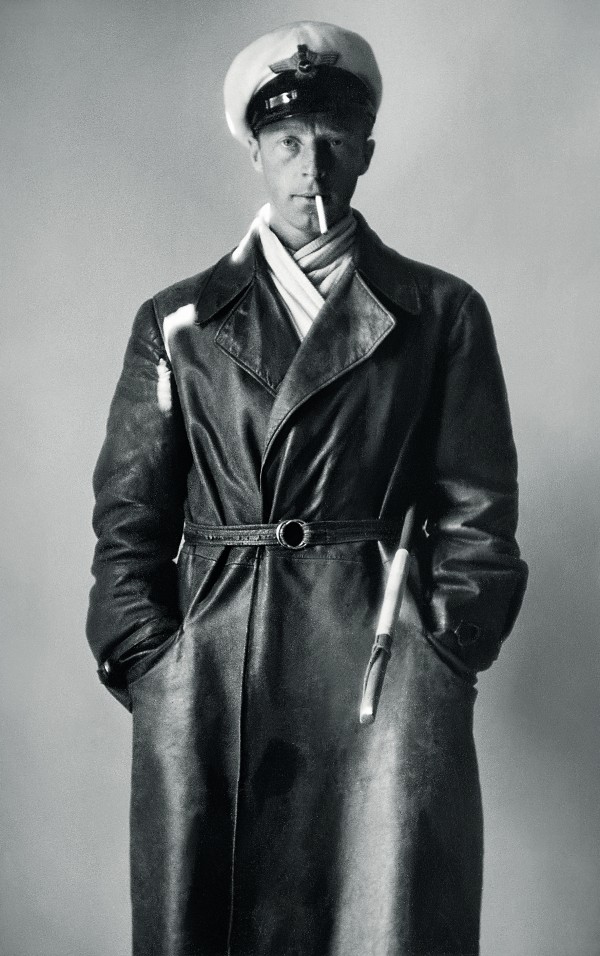China from the air
China from the air
Wulf-Diether Graf zu Castell-Rüdenhausen
June 12, 2015
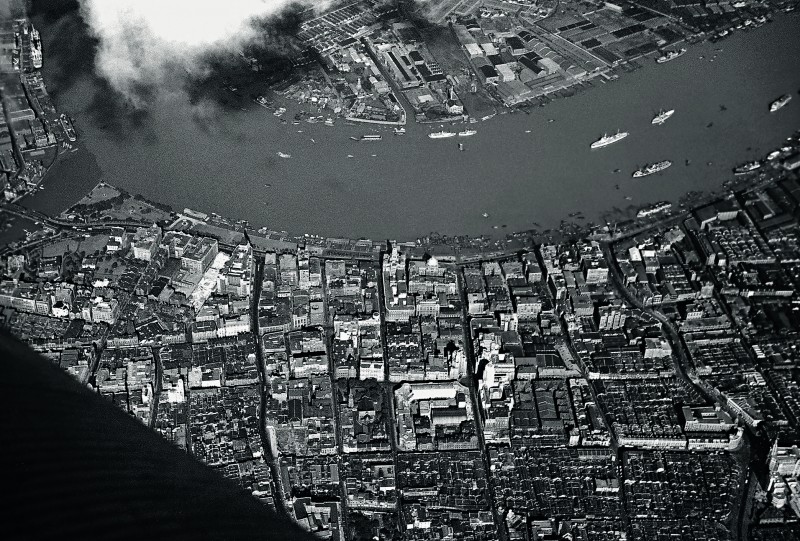
Shanghai. Nandao can be seen in the foreground, Zhabei and Hongkou in the background. The picture was taken at an altitude of 2500 metres
Wulf-Diether Count of Castell-Rüdenhausen, was born in Berlin in 1905, and began working as a Deutsche Lufthansa flight captain in 1930. In 1933, he became one of the first dispatch pilots for the Euro-Asian public air mail company Eurasia. He was one of aviation's great pioneers, who flew all over the world during the first decades of the 20th century, rediscovering it and bringing the continents closer together, until there was hardly a corner of the globe that had not been explored. During his flights, he used his Leica to photograph areas of China unknown to most Europeans. These pictures are valuable documents from the time when flying was still a great adventure. In 1938, Castell published a selection of his unique images in a photo book title Chinaflug (China flight). With his passion for flying, he was less concerned with breaking records and receiving awards than with exploring the world. In addition to his aviation achievements, however, it is his photographs that still allow us to share his experiences today.
During his flights over China, Castell captured great impressions of the country, from Canton to the Mongolian cities of the north, from the modern – for the times – metropolis of Shanghai to the immense, untouched Himalayas. His aerial images documented unique landscapes that have virtually no resemblance to the country as we know it today. Castell's interest in the beauty and grandeur of the landscape, in the uniqueness and strangeness of the people and cities portrayed, still remains fascinating. His Leica photographs are not only classic, archaeological examples of aerial photography, but also significant examples of a special symbiosis between his passionate interest for flying and for photography. China's history and present, its traditions and modernity, are once again visually brought to life by Castell's photographs.
Around 1500 pictures still remain. After Castell's death, the negatives were handed over to the archives of the Deutsches Museum and of the Ethnology Museum in Munich. In collaboration with Leica, a selection from this inventory will now be on display at the Chinese Cultural Centre in Berlin, after having been presented a few days earlier at the Chinese Embassy.
An exhibition catalogue is now available in the
LFI Shop.
Wulf-Diether Graf zu Castell-Rüdenhausen+-
Wulf-Diether Count of Castell-Rüdenhausen was born in Berlin in 1905, and brought up at Seeläsgen Castle on Lake Nieschlitz (today: Przełazy, Poland) in Mark Brandenburg. He got his pilot license when he was just 21, and, while studying law in Munich, taught at Schleißheim flying school.
He started working for German Lufthansa in 1930, and from 1933 to 1936 was assigned to helped build up a flight network in China for Lufthansa's daughter company, Eurasia. At first he flew with a one-engine Junkers W 33 transport plane, and later with a three-engine JU 52. He was also an aviation pioneer in South America from 1939 to 1941. With Deutsche Lufthansa alone he flew around two million kilometres, and from 1949 to 1972 was Managing Director of Riem Airport in Munich. He was married to the actress Luise Ullrich (1910-1985). Wulf-Diether Count of Castell-Rüdenhausen died in 1980 after falling off a ladder. More

Shanghai. Nandao can be seen in the foreground, Zhabei and Hongkou in the background. The picture was taken at an altitude of 2500 metres
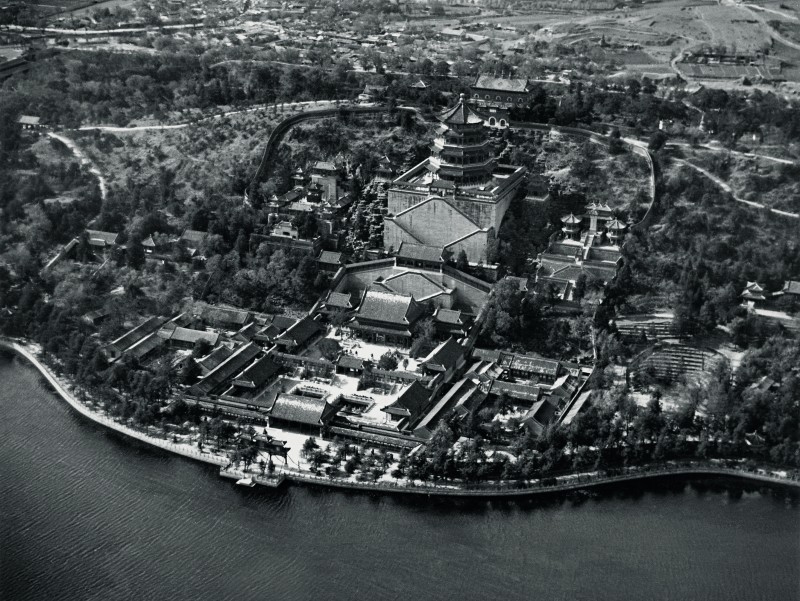
Summer Palace. The picture was taken at an altitude of 400 metres. In 1750, Emperor Qianlong had the Summer Palace built on an artificial lake near Beijing
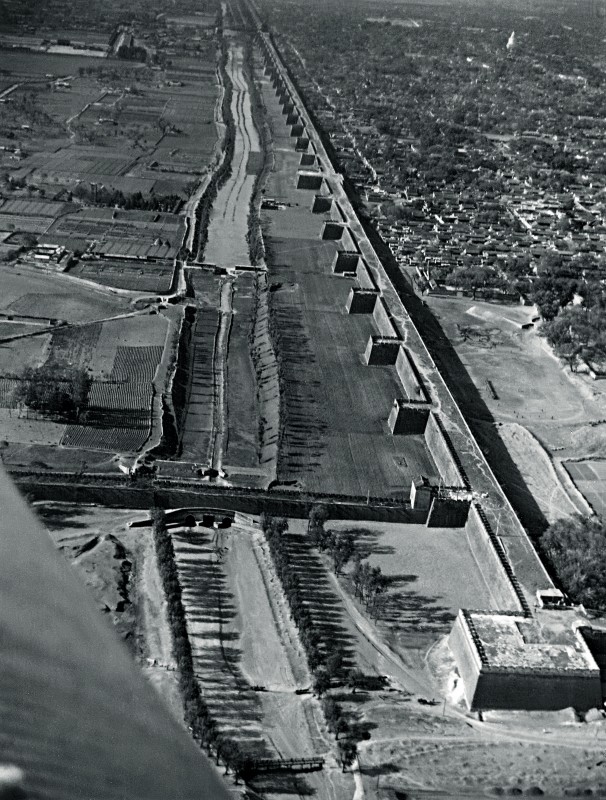
Beiing City Wall. The massive wall that runs along the west side of Beijing was one of the most impressive city fortifications
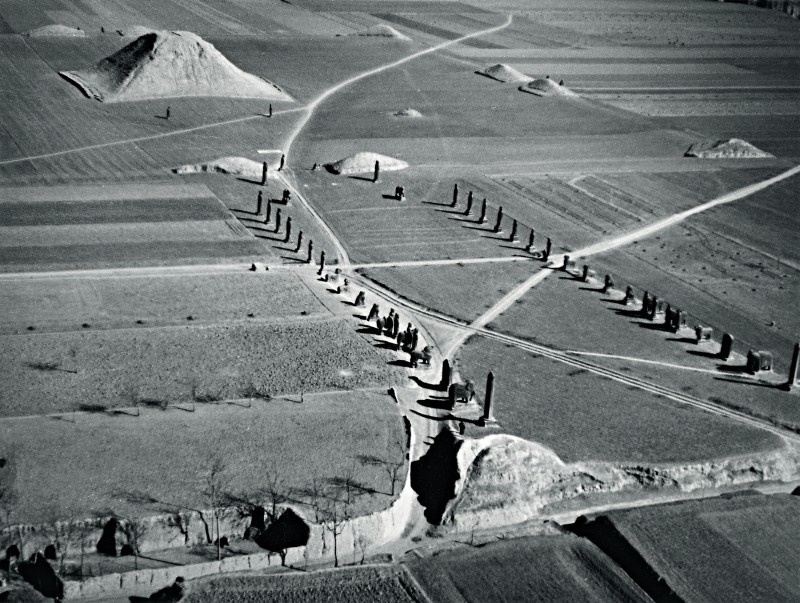
The Song Dynasty Imperial Grave is an example of the pyramid-shaped graves in Henan province. An avenue of spirits leads to the grave: in summer the figures rise out of the crops growing there

Spring flood Hangzhou. A very unique natural spectacle takes place every year at the summer solstice (in August according to the Chinese lunar calendar). At the Bay of Hangzhou, the enormous tidal wave is around 100kms wide, and is seen here flowing into the mouth of the Qiantang River
